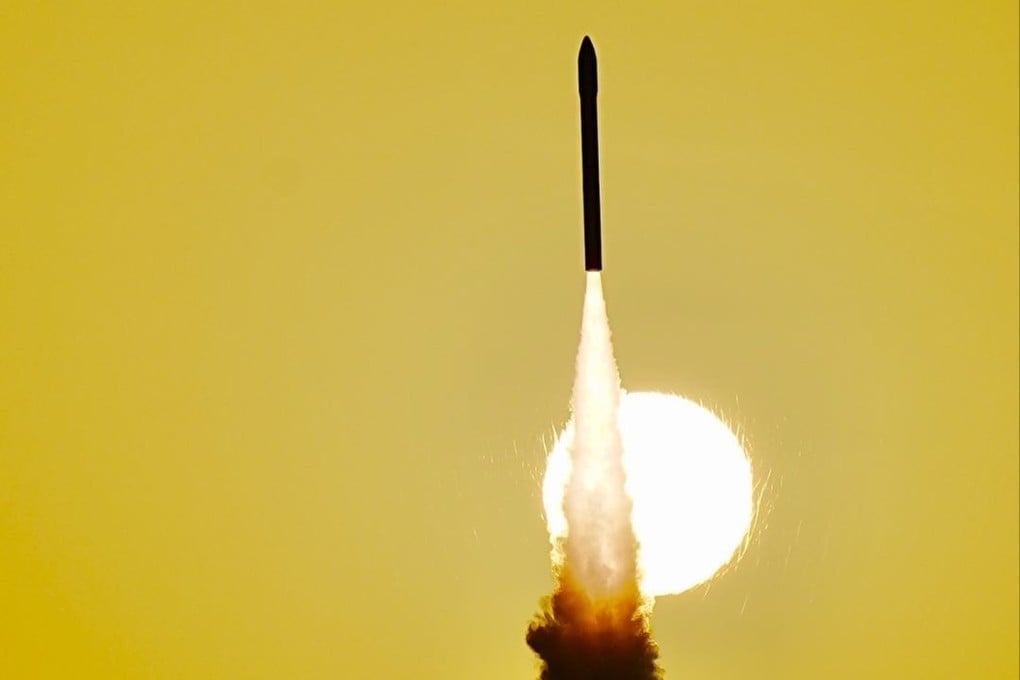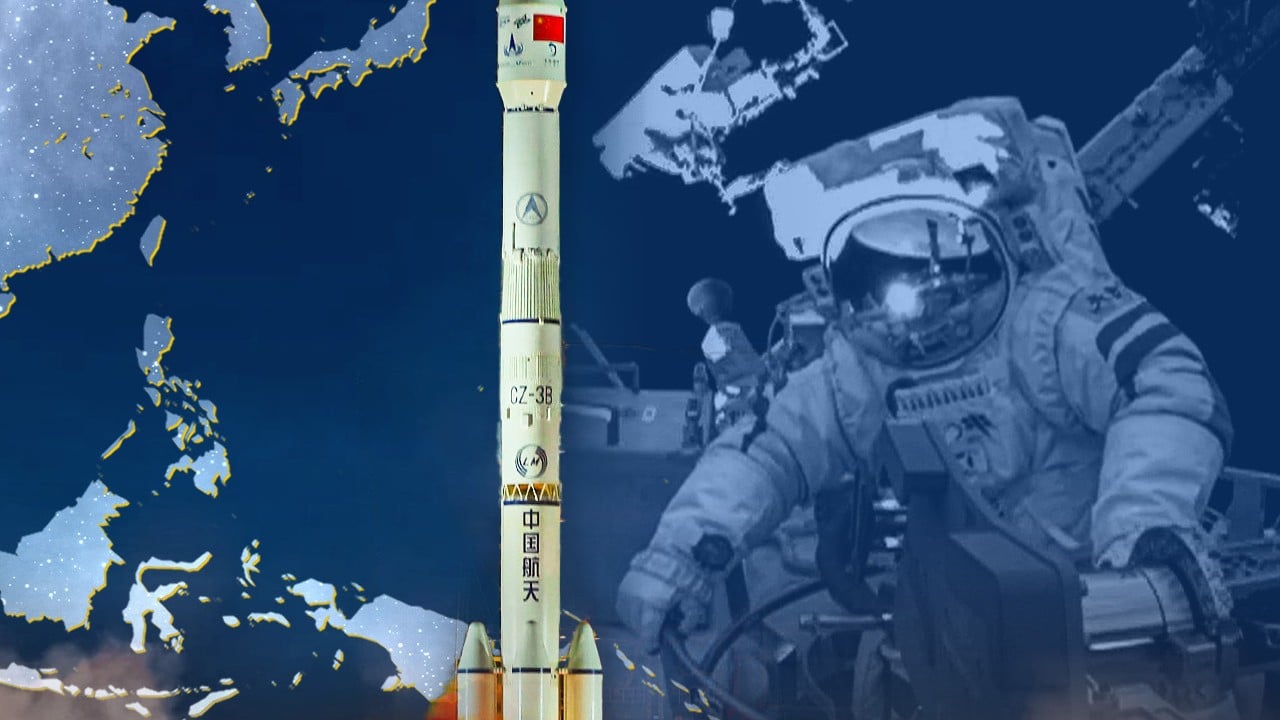China in bid to challenge SpaceX by deploying maglev rocket launch pad by 2028
Advances in rocket acceleration to supersonic speeds before ignition are part of plan to create hub of private rocket manufacture

In a bid to disrupt the United States’ long-held dominance in space exploration, China is quietly advancing a radical new rocket launch system – powered not by roaring engines but by electromagnetic force – that could propel satellites into orbit with unprecedented speed and efficiency.
Developed in partnership with state-backed research institutes in Sichuan province in southwestern China, the system uses superconducting magnets to silently accelerate rockets to supersonic speeds before ignition, a process often compared to launching a maglev train vertically.
The Ziyang government in Sichuan and the China Aerospace Science and Industry Corporation (CASIC) are testing China’s first electromagnetic launch verification platform with the ambitious goal of launching in three years, according to a report by Sichuan Radio and Television last week.
The platform would accelerate rockets to speeds above Mach 1 as rockets burn most fuel at the beginning of a flight, and offers a future in which launches could become as routine as high-speed train departures.
The technology could double payload capacity and lower the launch cost, said Li Ping, president of the Ziyang Commercial Space Launch Technology Research Institute. Li said the launch track would not require the maintenance needed for traditional launch pads, enabling more frequent launches.
If successful, it could offer China the critical edge it seeks to challenge American giants such as SpaceX.
